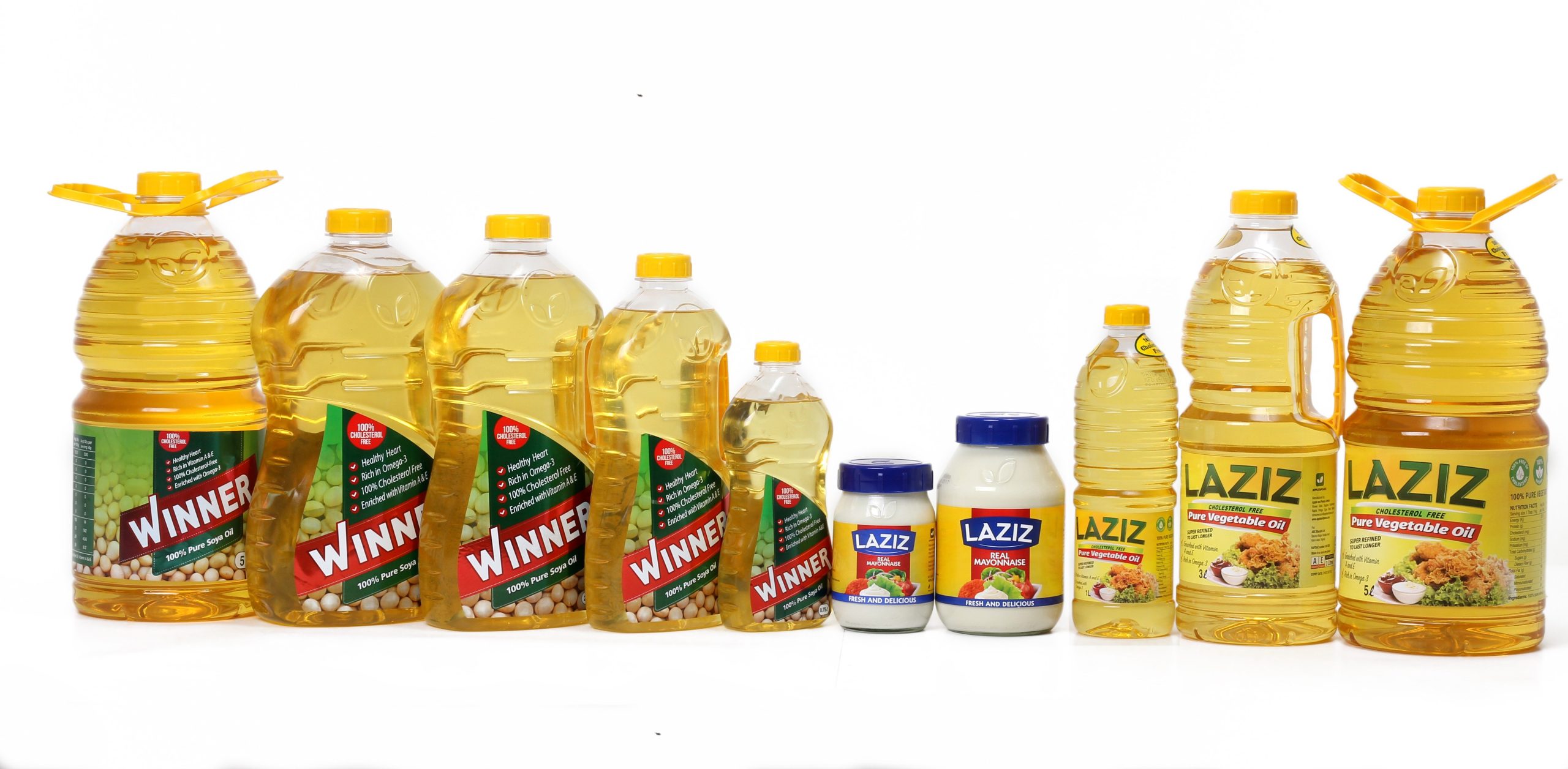Yes, you can escape the hustle and bustle of everyday life and reconnect with nature through forest bathing. Immerse yourself in the serene beauty of the natural world, breathe in the fresh, crisp air, and feel the soothing embrace of the forest. Allow the gentle rustling of leaves and the melodic chirping of birds to calm your mind and uplift your spirit. Let the healing power of the trees envelop you in tranquility and rejuvenation.
Exploring the Wonders of Our Solar System
Welcome, young astronomers, to an exciting journey through our incredible solar system! From the blazing sun at the center to the icy reaches of Pluto, there’s so much to discover among the planets, moons, and other celestial bodies that make up our corner of the universe. In this article, we’ll delve into the mysteries of space, learning about the planets, their unique characteristics, and the fascinating secrets they hold.
Our Sun: The Brightest Star
Let’s start our exploration with the most important star in our solar system – the Sun. As the source of light and heat for all the planets, the Sun plays a crucial role in sustaining life on Earth. At the center of the solar system, this massive ball of burning gases shines brightly, keeping us warm and providing energy for plants to grow through photosynthesis.
Sun Facts:
- The Sun is about 93 million miles away from Earth.
- It is a massive, glowing sphere made up of hydrogen and helium.
- The Sun’s surface temperature reaches about 10,000 degrees Fahrenheit.
- Sunspots, dark areas on the Sun’s surface, are cooler regions caused by magnetic activity.
The Inner Planets: Mercury, Venus, Earth, and Mars
Next, let’s travel inward to the rocky planets that orbit closest to the Sun: Mercury, Venus, Earth, and Mars. These terrestrial worlds are characterized by solid surfaces, with Earth being the only planet known to support life. Each of these planets has unique features that make them fascinating to study.
Mercury:
Mercury is the smallest planet in the solar system and the closest to the Sun. Its surface is covered in craters and has extreme temperature variations, with scorching hot days and freezing cold nights due to its lack of atmosphere to retain heat.
Venus:
Venus is often called Earth’s “sister planet” due to its similar size and composition. However, Venus has a thick atmosphere that traps heat, making it the hottest planet in the solar system. Acidic clouds and a runaway greenhouse effect contribute to its inhospitable conditions.
Earth:
Ah, our beloved home planet Earth! With its diverse ecosystems, vast oceans, and breathable atmosphere, Earth is a haven for life. From towering mountains to lush forests, our planet is a treasure trove of natural wonders waiting to be explored.
Mars:
Mars, often referred to as the “Red Planet” due to its rusty color, has intrigued scientists for centuries. Evidence suggests that Mars once had liquid water on its surface, leading to speculation about the possibility of past life on this neighboring planet. Mars also boasts the tallest volcano and the largest canyon in the solar system.
The Gas Giants: Jupiter, Saturn, Uranus, and Neptune
As we move farther from the Sun, we encounter the gas giants – Jupiter, Saturn, Uranus, and Neptune. These massive planets are mainly composed of hydrogen and helium and lack solid surfaces like the inner planets. Let’s take a closer look at each of these majestic giants.
Jupiter:
Jupiter is the largest planet in the solar system, known for its iconic Great Red Spot – a massive storm that has been raging for centuries. With dozens of moons and a powerful magnetic field, Jupiter is a fascinating world of swirling clouds and turbulent weather patterns.
Saturn:
Saturn is famous for its stunning ring system, composed of icy particles and rock fragments. These rings make Saturn one of the most visually striking planets in our solar system. Despite its beauty, Saturn experiences violent storms and extreme winds in its atmosphere.
Uranus:
Uranus is a unique planet that rotates on its side, giving it a distinct appearance compared to the other planets. Its blue-green color comes from methane in the atmosphere, and Uranus is also surrounded by a system of rings and moons that add to its mysterious charm.
Neptune:
Neptune, the farthest planet from the Sun, is a cold and windy world with the fastest winds in the solar system. Its deep blue color is due to methane in the atmosphere, and Neptune is home to the Great Dark Spot – a massive storm system similar to Jupiter’s Great Red Spot.
The Dwarf Planet: Pluto
Our tour of the solar system wouldn’t be complete without a visit to Pluto, once considered the ninth planet before being reclassified as a dwarf planet. Located in the distant Kuiper Belt, Pluto is a small, icy world with a complex orbit that takes it far beyond the orbit of Neptune.
Pluto Facts:
- Pluto has five moons, the largest of which is Charon.
- It takes about 248 Earth years for Pluto to complete one orbit around the Sun.
- Pluto’s surface is covered in frozen nitrogen and methane, giving it a unique appearance.
- In 2015, the New Horizons spacecraft provided detailed images of Pluto, revealing its diverse terrain and icy plains.
While Pluto may be small compared to the other planets, it holds a special place in our hearts as a symbol of the vast diversity and wonders that exist throughout our solar system.
Conclusion: The Beauty of Space Exploration
As we come to the end of our cosmic journey, I hope you’ve enjoyed learning about the incredible planets and celestial bodies that make up our solar system. From the scorching surface of Mercury to the icy expanse of Neptune, each world offers a unique glimpse into the wonders of space.
Remember, the universe is vast and full of mysteries waiting to be uncovered. Whether you dream of becoming an astronaut, a scientist, or simply gazing up at the stars in wonder, the beauty of space exploration is endless. So keep looking up, young astronomers, and let the marvels of our solar system inspire you to reach for the stars!
Safe travels through the cosmos, and may your curiosity guide you to new horizons beyond our wildest imaginations.
Frequently Asked Questions
What are the common symptoms of COVID-19?
The common symptoms of COVID-19 include fever, cough, fatigue, body aches, loss of taste or smell, and difficulty breathing. It is important to monitor your symptoms and seek medical advice if you experience any of these.
How can I protect myself from contracting COVID-19?
To protect yourself from contracting COVID-19, you should practice good hygiene by washing your hands frequently, wearing a mask in public places, maintaining social distancing, and avoiding large gatherings. It is also recommended to get vaccinated to reduce the risk of infection.
What should I do if I think I have been exposed to someone with COVID-19?
If you think you have been exposed to someone with COVID-19, it is important to self-isolate and monitor for symptoms. Get tested for COVID-19, even if you are not experiencing symptoms, and follow the guidance provided by healthcare professionals to prevent further spread of the virus.
Final Thoughts
In conclusion, sustainability in fashion is essential for the future of the industry. Designers and brands must prioritize eco-friendly practices to minimize environmental impact. Consumers play a vital role by supporting ethical and sustainable fashion choices. Together, we can create a more ‘ environment for the fashion industry to thrive. Let’s make conscious choices that benefit both the planet and future generations.


